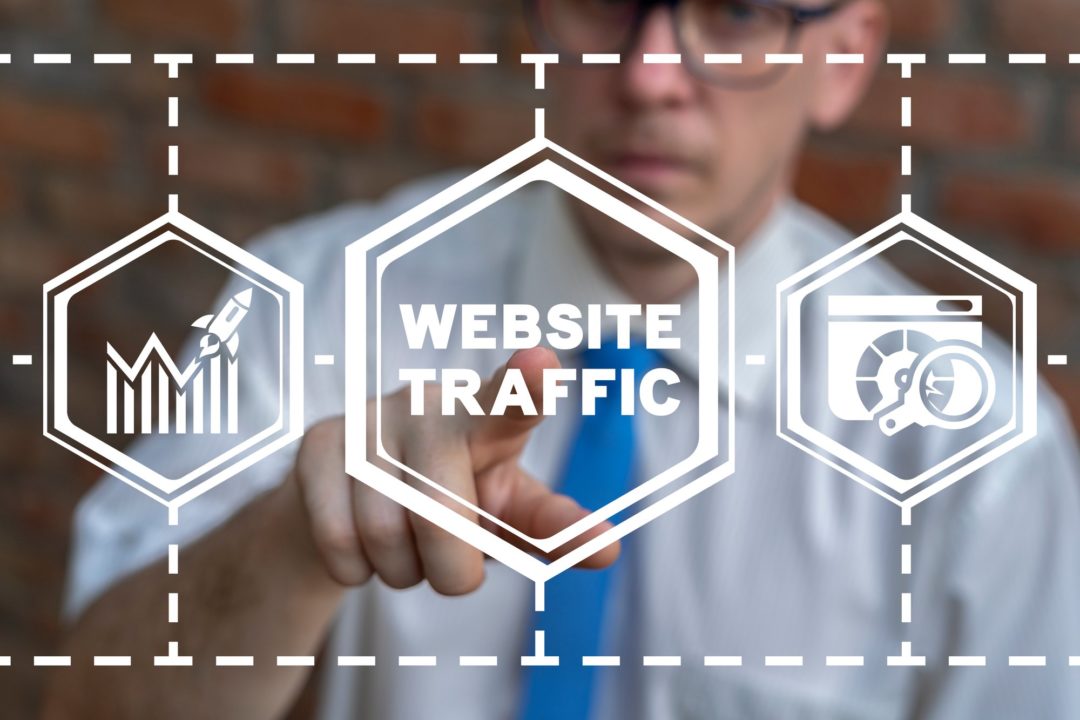In today's fast-paced world, the need for speed and efficiency is of top priority to consumers. With well-established conveniences like fast food, online banking, and express delivery at the touch of a button, customers now expect a near-instant shopping experience. These expectations extend to the realm of online shopping and eCommerce. That’s why it is imperative to stay ahead of the curve and constantly increase website speed.
Very few people are willing to spend their precious time waiting for a website to load—especially when a competitor’s store is just a click away. If the BBC can lose 10% of its users for every additional second their site takes to load, imagine what that lag can mean for your business. Conversely, when Yahoo! reduced its page loading time by a mere 0.4 seconds, its traffic increased by 9%!

Longer loading times inevitably lead to higher bounce rates. If your site loading time or checkout process is just a fraction of a second slower than that of your competitors, you risk a significant loss of sales. Scary, we know. Here’s the good news: losing business in the home stretch—specifically because of something as technical as site loading times—is unnecessary and preventable. Here are five ways to increase website speed for an instant revenue boost.
#1 Reduce Page Size (Aim for Smaller KB)
On average, approximately 40% of site visitors abandon a site if it takes longer than 3 seconds to load. That’s almost half of your web traffic—and for eCommerce stores without a brick-and-mortar presence, half of your bottom line. Not to mention, Google rankings are also affected by speed. With many consumers using their mobile phones to search and shop, slow data speeds and poor internet connections can make it even harder to load large page sizes.
The page’s size is influenced by all the files that comprise it, including images, media, videos, HTML documents, and scripts.
To maintain a desirable page rank and keep users engaged, your website needs to be optimized to load quickly on all devices. Ideally, you want your site to be less than 1MB in size for optimal loading. Simple ways of achieving this include: removing redundant content, reducing image sizes, and steering away from using custom fonts.
Mobiecom from Zobrist navigates these challenges with ease, allowing you to offer an optimized, seamless mobile shopping experience to your customers. A better shopping experience translates to fewer abandoned carts. Less abandoned carts translate to more cash flow!
#2 Use a Content Delivery Network
A content delivery network (CDN) is an interconnected system of servers that minimizes the effect of geographical location on loading times. For example, if your eCommerce site’s web elements/server is in California, users browsing from the USA will be able to access your page notably faster than users perusing in Australia—purely because of where your server is located.

A CDN resolves this issue by storing your web elements (including HTML pages, javascript files, stylesheets, images, and videos) in multiple locations across the globe. This ensures more equal download times. Web traffic from household names—like Netflix, Amazon, and Facebook—all rely on CDNs to improve the customer experience. Although it won’t reduce the page size, it can substantially increase website speed.
#3 Avoid Too Many Redirects
When a user is attempting to view a URL that forwards them to another URL—and is then redirected back to the first URL—it creates a loop of never-ending, frustrating redirects that will most likely result in an error page.
Redirects may have been intentionally set up, yet cause errors due to outdated redirect information or incorrect formats. Perhaps they were unintentional altogether. Regardless of the reason for the redirect, it’s important to understand that too many redirects damage your site and will negatively affect its search engine optimization (SEO). Tread carefully!
#4 The Less “Round Trips,” the Better
Let’s take another look at our CDN example concerning a consumer in Australia browsing a site with servers based in California. The milliseconds it takes for the server to respond to a request initiated by the browser in Australia is referred to as the round-trip time (RTT). Network traffic, infrastructure components, and the physical distance between a source and a destination path are all factors that can affect RTT.
Forcing the browser to make one request for multiple files, as opposed to accessing multiple files separately, will reduce the number of round trips, and reduce load times while increasing website speed.

Besides using CDN distribution, RTT can also be reduced by combining multiple files into one. This alleviates the need to make several “trips” for the same click, therefore reducing RTT. You can also minimize redirects from one URL to another, remove broken links, and leverage browser caching.
#5 Use a Single-Page Application Such as Mobiecom
Mobiecom is a single-page application (SPA) that has been specifically designed to conquer the challenges associated with mobile eCommerce loading times. Remember, in 2022, even half of a second can be the difference between a thriving online business and a struggling one.
With industry-leading technology, Mobiecom increases website speed by eliminating multi-page loads. The SPA loads immediately upon landing. At the same time, data caches on the device generate faster processing times the longer the user spends on the site.
Designed to minimize page download speed, this SPA is so efficient that, with a lightning-fast 2-second per page download time, there is no need for a CDN at all! In addition, Mobiecom reduces redirects and RTT from back-end servers, optimizing the customer experience by removing barriers that prevent consumers from accessing, viewing, and completing purchases on eCommerce sites.
A Faster Site Means a Better Site
In today's highly competitive market, every millisecond counts. Due to the amount of data transmitted back and forth from a server, many eCommerce sites experience slow PDP (Product Detail Page) and PLP (Product List Page) loading times. Zobrist helps you to deliver the best customer experience with fast, fluid web browsing to make online shopping and checkout seamless.
Contact our team of experts today to learn how Zobrist can elevate your eCommerce business today! A simple increase in website speed can be a game-changer for your business.




